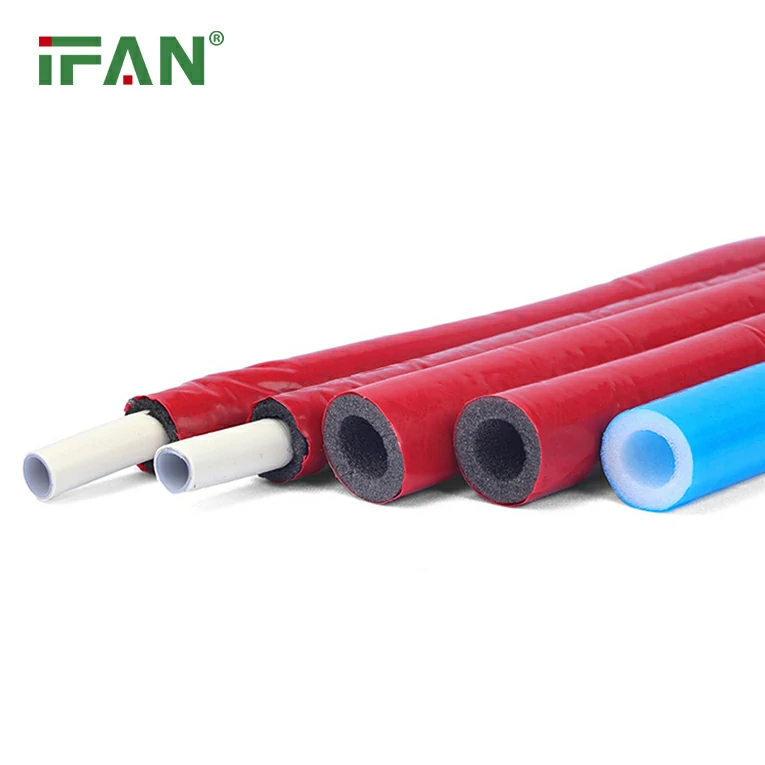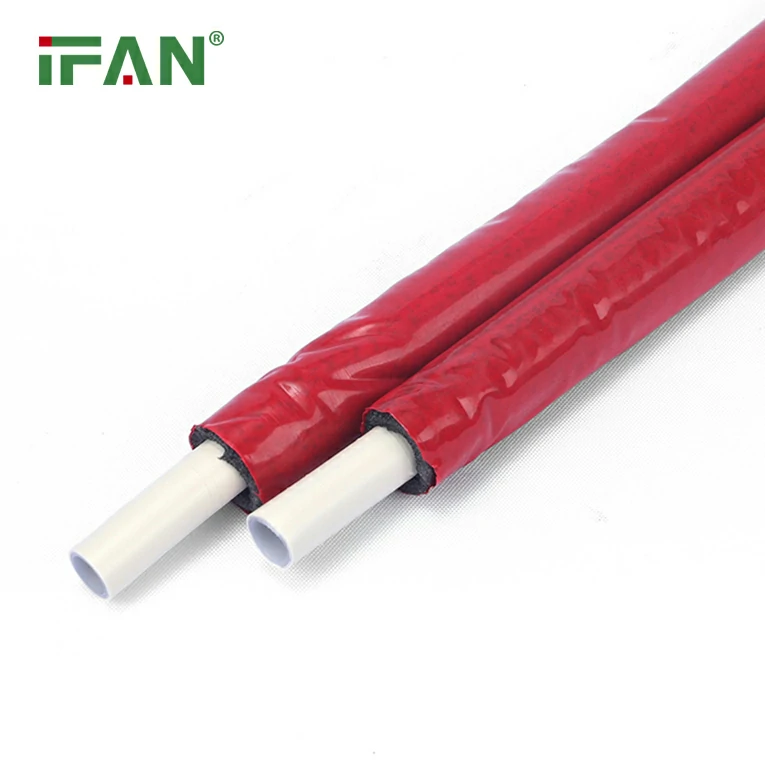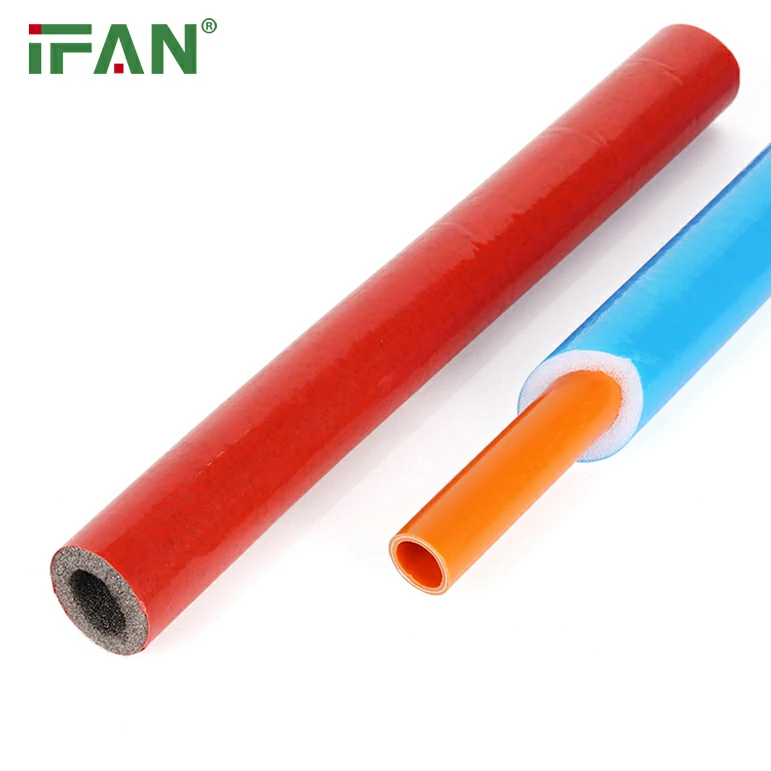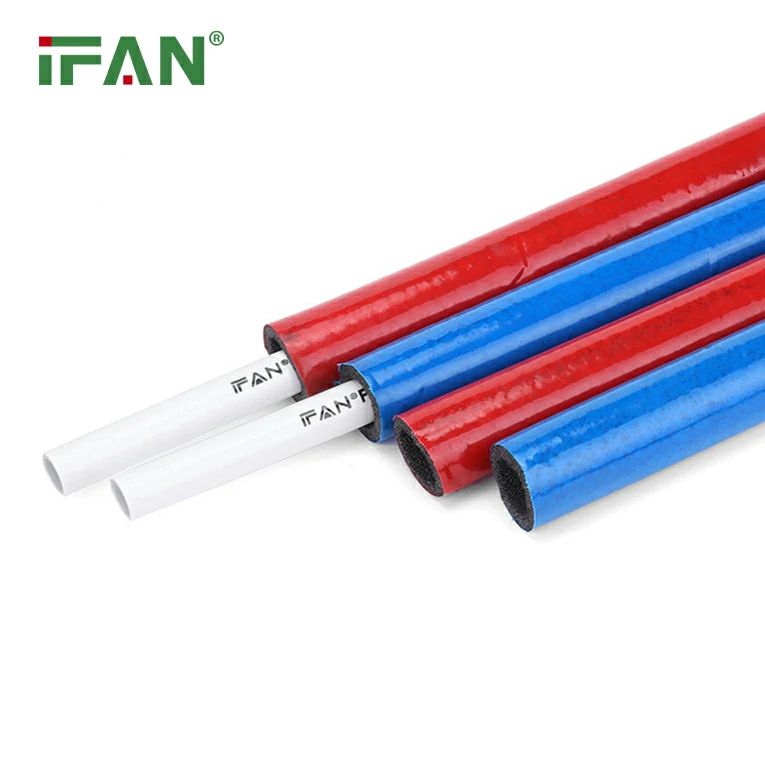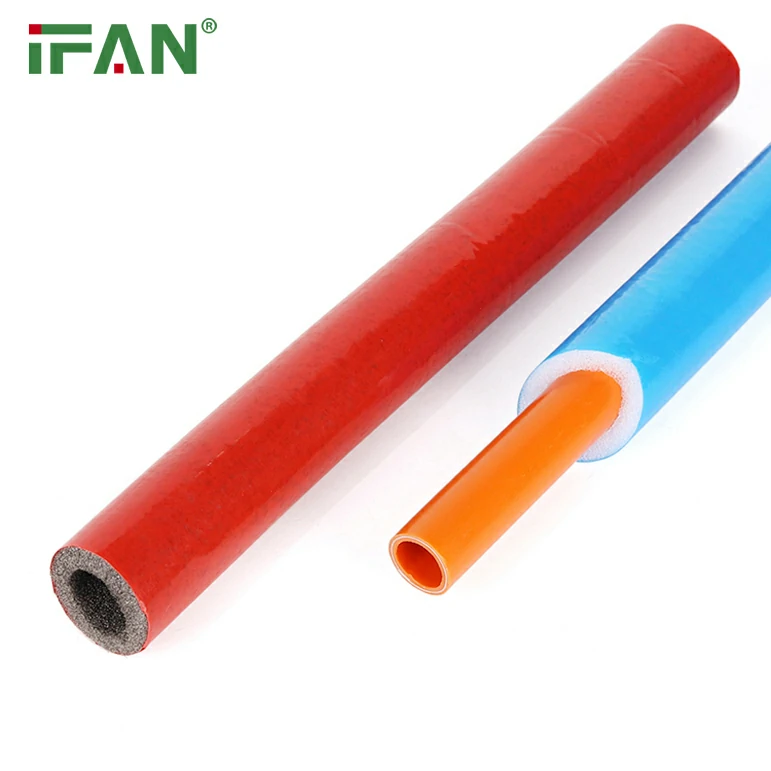Introduction
The plumbing industry is undergoing a significant transformation, driven by advancements in technology, materials, and consumer preferences. Among the most notable developments is the growth of the PEX (crosslinked polyethylene) plumbing market. As we look towards 2032, understanding the market size, share, trends, and growth prospects is crucial for industry stakeholders. This article will explore the PEX plumbing market while also highlighting the role of PPR (Polypropylene Random Copolymer) pipes as an alternative in plumbing applications. By examining these key elements, we can gain insights into the future of plumbing solutions.
Understanding the PEX Plumbing Market
What is PEX Plumbing?
PEX plumbing refers to the use of crosslinked polyethylene pipes in residential and commercial plumbing systems. PEX pipes are known for their flexibility, durability, and resistance to corrosion, making them a popular choice for hot and cold water distribution systems. The material’s ability to expand and contract without breaking also allows it to withstand freezing temperatures, a significant advantage over traditional metal pipes.
Current Market Size and Share
As of 2023, the global PEX plumbing market is valued at approximately USD 1.5 billion. It is projected to grow at a compound annual growth rate (CAGR) of around 8.5% from 2023 to 2032, reaching an estimated USD 3.5 billion by the end of the forecast period. This growth can be attributed to several factors, including increased construction activities, rising demand for efficient plumbing solutions, and a growing preference for PEX over traditional materials.
Key Players in the PEX Market
Several key players dominate the PEX plumbing market, including:
- Uponor Corporation: A leading manufacturer known for its innovative PEX solutions for residential and commercial applications.
- Rehau AG: A global supplier of polymer-based solutions, including PEX pipes and fittings.
- SharkBite: A prominent brand offering a range of PEX products, including fittings and valves.
- Zurn Industries: A well-established company providing plumbing products, including PEX systems for various applications.
These companies are continuously investing in research and development to enhance product offerings and expand their market reach.
Trends Influencing the PEX Plumbing Market
1. Increased Adoption of PEX in New Constructions
The construction industry is witnessing a surge in demand for PEX plumbing systems, driven by new residential and commercial projects. The flexibility and ease of installation of PEX pipes make them an attractive option for builders and contractors. Additionally, the lightweight nature of PEX reduces transportation costs and simplifies handling on job sites.
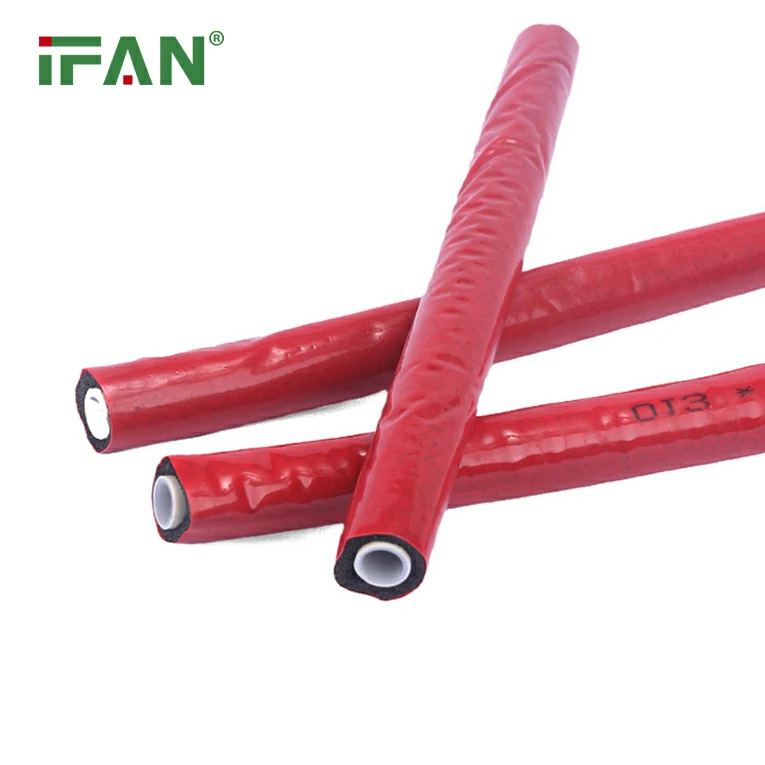
2. Growing Focus on Sustainability
Sustainability is becoming a critical consideration in the construction industry. PEX pipes are often viewed as a more environmentally friendly option compared to traditional materials like copper and PVC. PEX is recyclable, and its long lifespan reduces the need for frequent replacements, contributing to lower waste generation. As consumers and builders prioritize sustainable practices, the demand for PEX plumbing systems is expected to rise.
3. Advancements in PEX Technology
Ongoing advancements in PEX technology are enhancing the performance and reliability of PEX plumbing systems. Innovations such as improved crosslinking methods and the development of specialized fittings are making PEX systems more efficient and durable. These advancements are likely to attract more contractors and builders to adopt PEX solutions in their projects.
4. Increasing Awareness of Water Conservation
With growing concerns about water scarcity, there is an increased focus on water conservation in plumbing systems. PEX pipes are known for their excellent thermal efficiency, which helps maintain the temperature of hot water and reduces energy consumption. Additionally, PEX systems can be designed to minimize water waste, making them a preferred choice for eco-conscious consumers.
The Role of PPR Pipes in Plumbing Applications
While PEX plumbing systems are gaining popularity, PPR pipes also play a significant role in the plumbing landscape. PPR (Polypropylene Random Copolymer) pipes are known for their durability, chemical resistance, and thermal insulation properties. They are commonly used in hot and cold water systems, as well as industrial applications.
Advantages of PPR Pipes
- Longevity: PPR pipes can last over 50 years, making them a reliable choice for long-term plumbing solutions.
- Chemical Resistance: PPR is resistant to a wide range of chemicals, making it suitable for various applications, including potable water systems.
- Thermal Insulation: PPR pipes offer excellent thermal insulation, which can lead to increased energy efficiency in hot water systems.
- Recyclability: PPR is fully recyclable, contributing to sustainability efforts in construction.
- Ease of Installation: PPR pipes are lightweight and easy to handle, simplifying the installation process.
PEX vs. PPR: Key Differences
While both PEX and PPR pipes have their advantages, they serve different purposes in plumbing applications:
- Flexibility: PEX pipes are highly flexible, allowing for easier installation in complex layouts. PPR pipes are less flexible and may require more fittings.
- Temperature Tolerance: PEX pipes can handle higher temperatures (up to 95°C or 203°F) compared to PPR pipes (up to 80°C or 176°F), making PEX a better choice for high-temperature applications.
- Connection Methods: PEX pipes require specific fittings and crimping tools, while PPR is typically joined using heat fusion methods, which can be more labor-intensive.
Future Growth Prospects of the PEX Plumbing Market
1. Increasing Urbanization and Infrastructure Development
As urbanization continues to rise globally, there is a growing demand for efficient plumbing systems in new buildings and infrastructure projects. The PEX plumbing market is expected to benefit from increased construction activities in urban areas, as builders seek reliable and cost-effective solutions.
2. Rising Demand for Renovation and Retrofitting
In addition to new constructions, there is a significant demand for renovation and retrofitting of existing plumbing systems. Many homeowners are replacing outdated plumbing with modern PEX systems due to their advantages in terms of efficiency and reliability. This trend is expected to contribute to the growth of the PEX plumbing market in the coming years.
3. Government Regulations and Incentives
Governments worldwide are implementing regulations and incentives to promote energy-efficient and sustainable building practices. These initiatives often encourage the use of PEX plumbing systems, further driving market growth. As more jurisdictions adopt stricter building codes, the demand for PEX pipes is likely to increase.
4. Technological Advancements
Continued advancements in PEX technology, including the development of smart plumbing systems, are expected to shape the future of the market. Smart plumbing solutions that integrate IoT technology will allow for better monitoring and management of water usage, enhancing overall efficiency.
Conclusion
The PEX plumbing market is poised for significant growth in the coming years, driven by increased adoption in new constructions, a focus on sustainability, and advancements in technology. While PPR pipes remain a valuable alternative in plumbing applications, the flexibility and efficiency of PEX systems make them an attractive choice for builders and homeowners alike. As we approach 2032, understanding the trends and dynamics of the PEX plumbing market will be essential for industry stakeholders looking to capitalize on emerging opportunities.
Frequently Asked Questions (FAQs)
1. What is PEX plumbing?
PEX plumbing refers to the use of crosslinked polyethylene pipes in plumbing systems. PEX pipes are known for their flexibility, durability, and resistance to corrosion.
2. What are the advantages of PEX pipes?
PEX pipes offer several advantages, including flexibility, corrosion resistance, thermal efficiency, reduced noise, and cost-effectiveness.
3. How do PEX and PPR pipes compare?
PEX pipes are more flexible and can handle higher temperatures than PPR pipes, while PPR pipes are known for their durability and chemical resistance. Both materials have their unique advantages in plumbing applications.
4. What is driving the growth of the PEX plumbing market?
The growth of the PEX plumbing market is driven by increased construction activities, a focus on sustainability, advancements in technology, and rising demand for renovation and retrofitting.
5. Are PEX pipes recyclable?
Yes, PEX pipes are recyclable, contributing to sustainability efforts in the construction industry.

